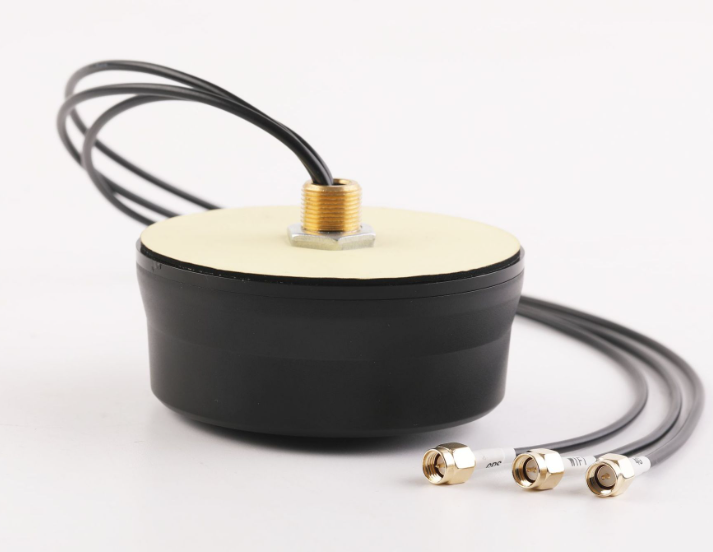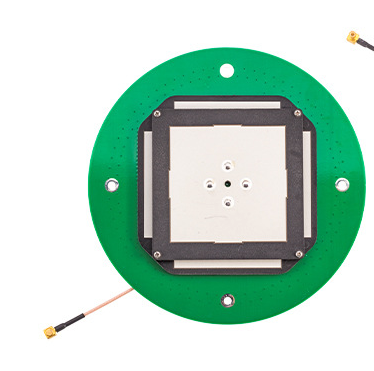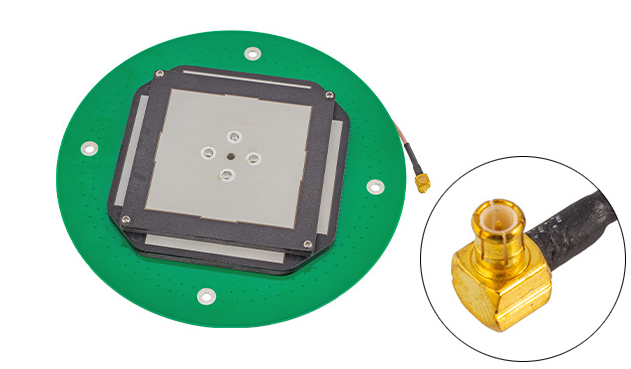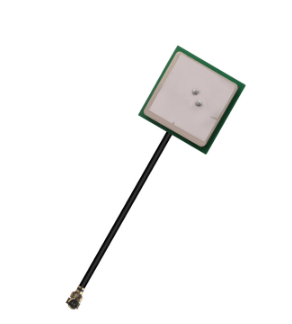Gps Antenna Classification (GPS Antenna Classification and its Application)
With the rapid development of Global Positioning system (GPS) technology, GPS antennas, as the key equipment to receive GPS signals, have a wide range of types and applications. In this paper, the classification of GPS antennas is introduced in detail, and its applications in different fields are discussed.
Overview of GPS Antenna
GPS antenna is a device that receives GPS satellite signals. Its main function is to convert weak GPS signals into electrical signals for GPS receiver to analyze and process. The performance of GPS antenna directly affects the accuracy and reliability of GPS positioning.
GPS Antenna Classification
GPS antennas can be divided into many types according to their use, structure, frequency band, and gain. The following are common categories of GPS antennas:
1. Classification by use
(1) vehicle GPS antenna: mainly used for positioning and navigation of cars, buses, trucks and other vehicles.
(2) handheld GPS antenna: suitable for outdoor hiking, exploration, mountaineering and other occasions, with the characteristics of small size and light weight.
(3) static GPS antenna: mainly used for accurate measurement in the fields of surveying and mapping, geology, forestry and so on.
(4) Maritime GPS antenna: used for positioning and navigation of ships, yachts and other waterborne vehicles.
(5) Aerospace GPS antenna: used for positioning and navigation of aircraft, UAV, satellite and other aerospace vehicles.
2. Classify by structure
(1) Spiral antenna: suitable for high frequency band, with the characteristics of simple structure and high gain.
(2) Patch antenna: suitable for small portable equipment, with the advantages of small size and light weight.
(3) Array antenna: composed of multiple antenna elements, it is suitable for situations with high precision and high dynamic requirements.
(4) logarithmic periodic antenna: it has the characteristic of wide band and is suitable for many kinds of frequency bands.
(5) microstrip antenna: suitable for low frequency band, with the advantages of low profile and easy integration.
3. Classify by frequency band
(1) L-band GPS antenna: mainly used in civil GPS system, receiving frequency is 1.575GHz and 1.228GHz.
(2) S-band GPS antenna: suitable for special applications, such as military or scientific research fields.
(3) GPS antennas in other frequency bands: antennas in other frequency bands may be involved according to specific needs and applications.
4. Classify by gain
(1) low-gain GPS antenna: suitable for general positioning requirements, with wide coverage and low sensitivity requirements.
(2) medium gain GPS antenna: suitable for situations requiring high positioning accuracy, such as measurement and navigation applications, high gain GPS antenna: suitable for high precision positioning requirements, such as high dynamic applications in the aerospace field, this kind of antenna usually has high sensitivity and low noise to interference ratio, they can capture weak satellite signals and accurately process them, so as to improve positioning accuracy and reliability. High-gain antennas also have large receiving area and high gain performance, and can achieve stable signal reception in complex environments. High-gain GPS antennas are widely used in aerospace, measurement, UAV and other fields of high-precision positioning applications, as well as some special types of GPS antennas, such as waterproof and dustproof GPS antennas, metal-resistant GPS antennas, etc., these special types of antennas have specific application scenarios and requirements. Waterproof and dustproof GPS antenna is suitable for outdoor use in harsh environment, and has good waterproof and dustproof performance. Anti-metal GPS antennas are suitable for places with more metal environments, and can effectively avoid the interference of metals to the signal. Different types of GPS antennas have different characteristics and advantages, and are suitable for different application scenarios and requirements. When selecting a suitable GPS antenna, we need to consider comprehensively according to the specific application situation, demand and budget, and we also need to pay attention to the influence of factors such as antenna installation position and angle on the received signal. With the continuous development of GPS technology, GPS antenna has been widely used in various fields. The following are several typical application fields: 1. In the field of transportation: vehicle GPS antenna is widely used in automobile navigation, intelligent transportation system and other fields, providing accurate positioning and navigation services for drivers, while maritime GPS antenna is used in ship navigation and maritime rescue applications. 2. Field of outdoor exploration: hand-held GPS antennas provide outdoor explorers with accurate positioning and navigation information to help them find their destination and avoid getting lost. Field of surveying and mapping and geology: static GPS antenna is used in high precision survey and positioning applications, such as topographic survey, geological exploration, etc., by receiving and processing GPS signals, accurate position information can be obtained and data processing and analysis can be carried out. Aerospace field: aerospace GPS antennas are widely used in positioning and navigation applications of aircraft, drones and other aerospace vehicles. They need antennas with high precision and high dynamic performance to ensure accurate positioning and navigation services. GPS technology and related GPS antenna products are also widely used in some special fields, such as agriculture, forestry and urban planning. Conclusion with the continuous development of global positioning system technology, GPS antennas, as the key equipment for receiving and processing GPS signals, have been widely used in various fields. This paper introduces the classification of GPS antennas and the relevant knowledge in their application fields. Different types of GPS antennas have different characteristics and advantages and are suitable for different application scenarios and requirements. When selecting a suitable GPS antenna, we need to consider comprehensively according to the specific application situation and pay attention to the influence of the antenna installation position and angle on the received signal. With the continuous progress of technology and the continuous expansion of application fields, more types of GPS antennas will emerge in the future to meet the needs of different fields and promote the development and progress of global positioning system technology.





